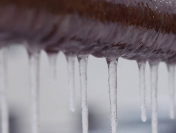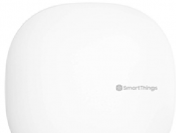Power outages and furnace failures are a big concern in wintertime because an unheated house can lead to frozen pipes that burst and spray cold water everywhere.  The result of that can be expensive damage to your walls, floors, fixtures, pictures, keepsakes and furniture.  In fact, the average frozen pipe insurance claim exceeds $10,000 for several burst pipes! If you’re worried about the possibility of a frozen pipe disaster in your home — and you really should be if it’s a second home located in a cold climate — you’ll be happy to learn that there’s a category of temperature monitors called freeze alarms that give you a heads up warning if the temperature in your home dips dangerously low.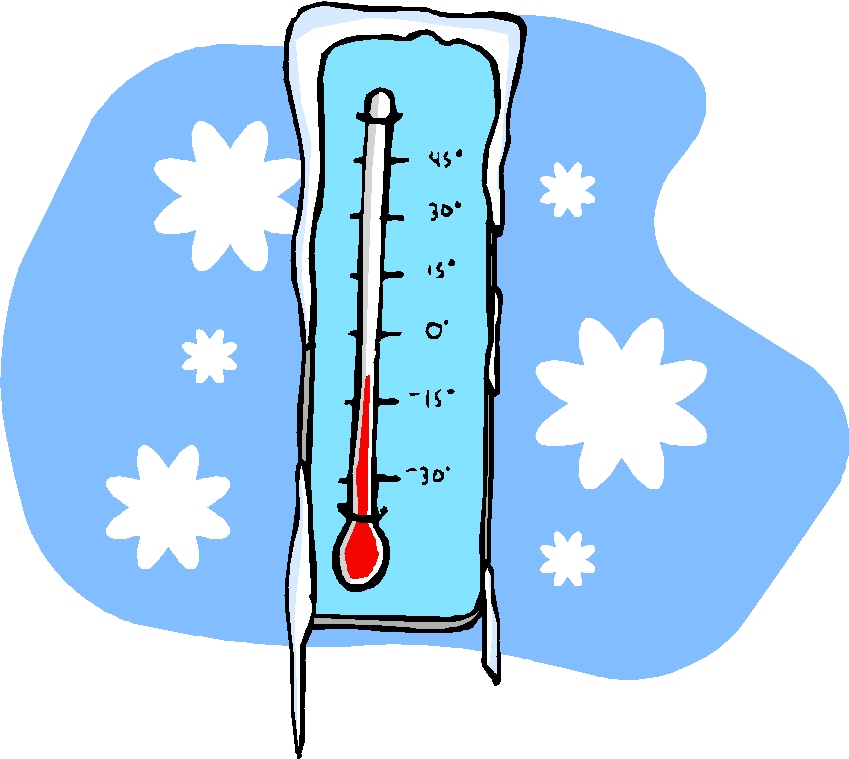
So What Exactly is a “Freeze Alarm?”
A freeze alarm is a very affordable, do-it-yourself monitor that alerts you when the temperature in your home drops below a certain level (typically around 45° F) so you can address the situation before your pipes freeze and burst. Depending upon the model you pick, your freeze alarm will notify you by phone call, text message or email.
Most freeze alarms allow you to program in several phone numbers or email addresses so you can add a family member, neighbor or caretaker to the emergency call list, so they will also get notified if your heat goes out and your pipes are in danger of freezing.
If you have friendly, reliable neighbors who are willing to keep an eye on your house, there is another type of freeze alarm called a “Freeze Flash” temperature warning light that sits in a front-facing window. Â If your heat fails and the indoor temperature drops too low, it flashes a bright, red warning light that neighbors or passersby will notice.
How Do I Pick the Best Freeze Alarm for My Situation?
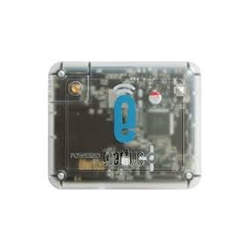 There are a wide variety of freeze alarms on the market today, but choosing a freeze alarm for your home doesn’t have to be difficult.  You can easily narrow down the choices based on certain key considerations. The most important criteria for choosing a freeze alarm are:
There are a wide variety of freeze alarms on the market today, but choosing a freeze alarm for your home doesn’t have to be difficult.  You can easily narrow down the choices based on certain key considerations. The most important criteria for choosing a freeze alarm are:
- Communications services available in your home — Landline phone, cellular phone or Internet
- How you want to be alerted — Phone call, email or text message
- Other capabilities – Such as remote temperature control and the ability to program remotely
- Temperature set point — Adjustable or pre-set by manufacturer
- Other conditions to monitor for – Such as water leaks, power outages, break-ins or humidity
Use this Freeze Alarms Comparison Chart for an overview of the top models.
What Does a Freeze Alarm Cost?
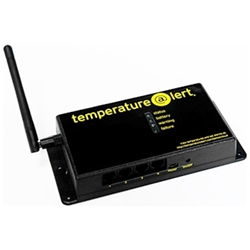 Prices for freeze alarms range from under $50 for a very basic freeze alarm, like the PhoneOut Freeze Monitor, to $300 to $400 for a multi-functional model with lots of bells and whistles that can monitor for other conditions, like flooding and humidity. Â The Intermediate Freeze Alarm, priced at under $120, has long been one of the best selling freeze alarms for residential use.
Prices for freeze alarms range from under $50 for a very basic freeze alarm, like the PhoneOut Freeze Monitor, to $300 to $400 for a multi-functional model with lots of bells and whistles that can monitor for other conditions, like flooding and humidity. Â The Intermediate Freeze Alarm, priced at under $120, has long been one of the best selling freeze alarms for residential use.
For a more help sorting out the different features, read the shopping guide “Freeze Alarms for Every Budget.”
Other Ways to Protect Against Frozen Pipes
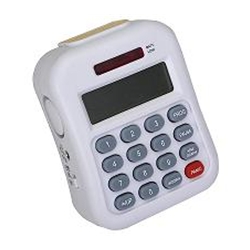 Here are some other preventative measures to take during cold weather to protect against costly damage from frozen pipes:
Here are some other preventative measures to take during cold weather to protect against costly damage from frozen pipes:- Keep garage doors closed if there are water supply lines in the garage.
- Open kitchen and bathroom cabinet doors to allow warmer air to circulate around the plumbing.
- When the weather is very cold outside, let cold water drip from faucets served by exposed pipes.
- Leave the heat on and keep the thermostat set to the same temperature during the day and at night (no lower than 55° F is recommended).
- Ask a trusted neighbor keep a watchful eye on your property and call you immediately if there’s a problem.
For additional reading on freeze alarms and preventing frozen pipes, go to “Frequently Asked Questions About Freeze Alarms.”


